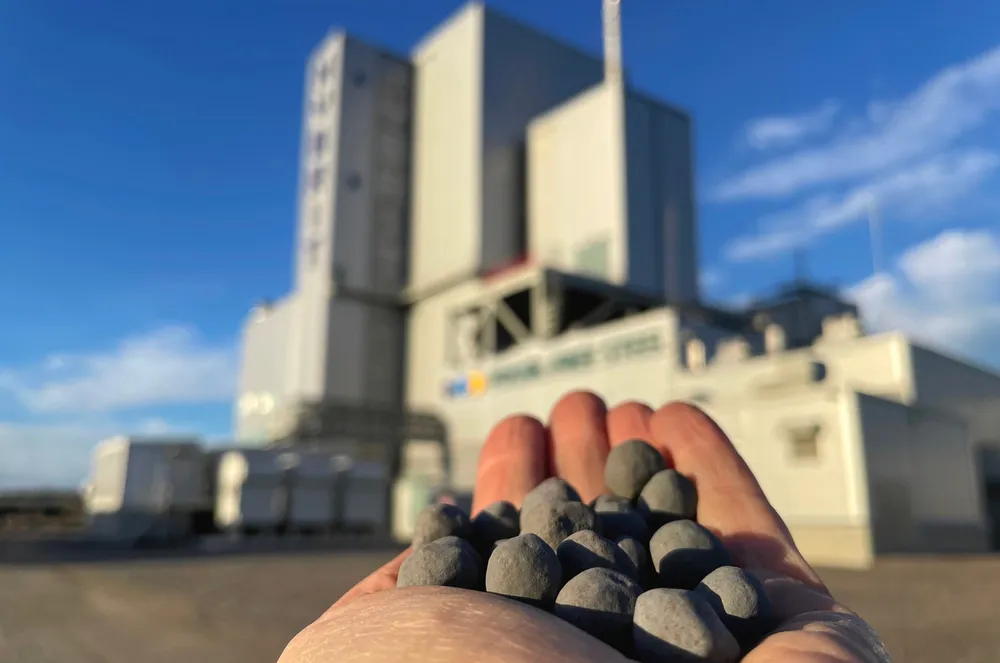Iron is better quality when produced with hydrogen instead of fossil fuels, finds green steel developer Hybrit
Swedish partners Vattenfall, SSAB and LKAB now filing for patents for initiative's inventions

Swedish partners Vattenfall, SSAB and LKAB now filing for patents for initiative's inventions
